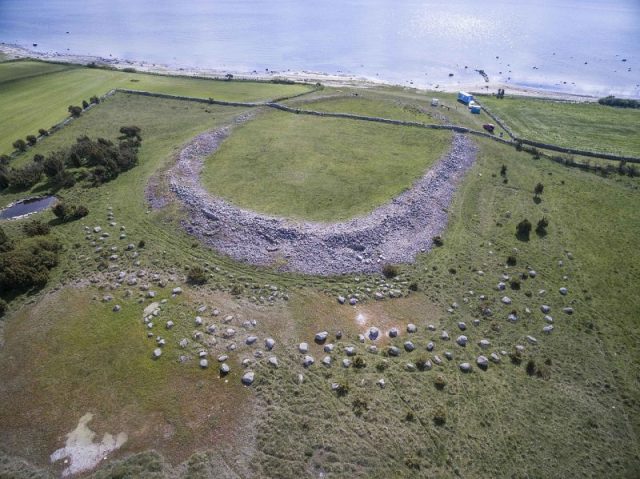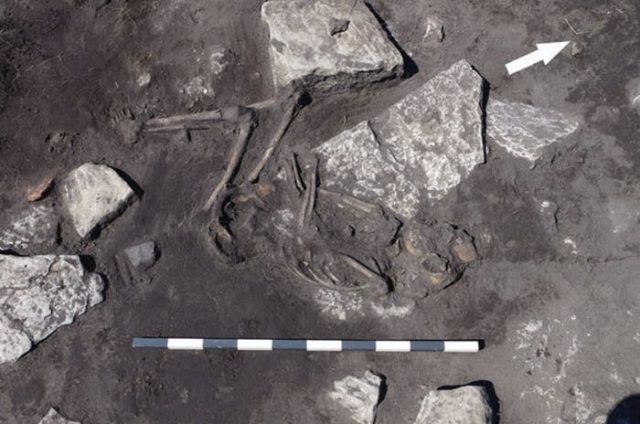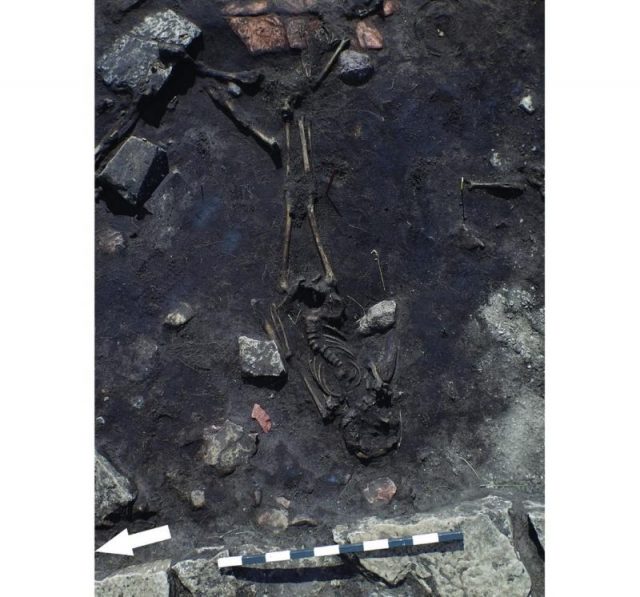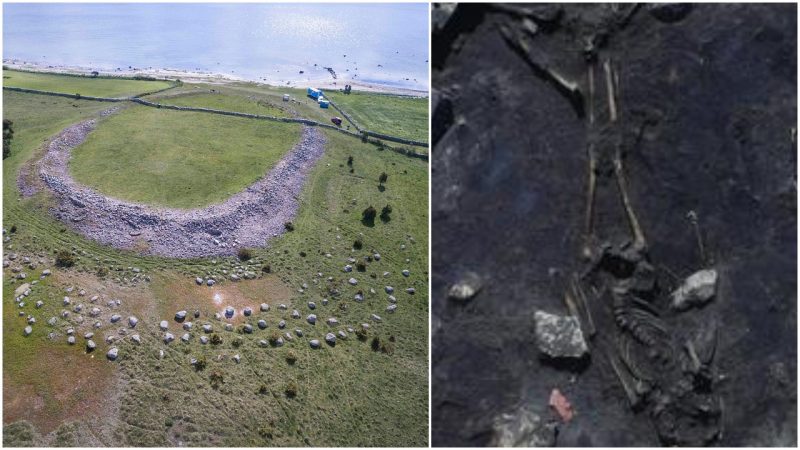A recent archaeological find on the island of Öland in southwest Sweden offers an insight into the daily life of Norse people during the period of the Scandinavian Migrations, which coincided with the wider movement of peoples around Europe between 400 and 550 A.D.
The earliest evidence of habitation on this Baltic Sea isle dates from around 8,000 B.C, during the Paleolithic period. The island has evidence of a rich ancient culture, including at least 15 Iron Age ring forts and many medieval burial sites, which modern archaeologists have explored on numerous occasions.
But what makes the recent discovery significant is the fact that it was a site of a massacre that happened sometime in the 5th century. It has been found almost as it was left, offering a glimpse into the daily life of Norse settlers on the island.
This morbid occurrence enabled archaeologists to discover corpses, daily objects, and even traces of food―all of which are hard to find due to the Scandinavian tradition of cremation of their deceased, often with his belongings.
The massacre happened at the ring fort called Sandby Borg, which was at the time a stronghold surrounded by 15-foot-high walls. The wall served as protection against raids from various parties, and although a village existed around the fort, it was within this wall that the villagers sought refuge in times of peril.

According to a paper published in the archaeological journal Antiquity, dozens of corpses were discovered on the site. The team of archaeologists that discovered the site of the 1,500-year-old massacre have concluded that it was a brutal attack. Antiquity journal described the discovery as:
“…a unique snapshot of domestic life and abrupt death in the Scandinavian Migration Period.”
Bodies were found in positions in which they fell―one of them even found on the spot of what once was a bonfire, meaning that he was probably killed and fell on the fire. Decapitated bodies, as well as those who suffered head trauma from blunt objects, were also found. The archaeology team leader, Helena Victor, confirmed that remains of a newborn were also found, suggesting that the unknown perpetrators didn’t spare anyone.
The site was discovered by amateur archaeologists and treasure hunters, who found some artifacts belonging to the unfortunate settlers from the 5th century. Experts from Kalmar Läns Museum were called in to investigate further.

The site turned out to be a case for real forensics. By the looks of it, it seems like the settlers didn’t put up much of a fight, which implies they were caught off guard and were possibly sleeping when the attack commenced.
The team concluded that treason might have been at hand; the walls offered substantial protection against invaders and were at least enough to stage a defense effort. Since no traces of active defense could be found, the logical assumption was that somebody opened the gates from the inside, letting the raiders in.
It is estimated that the attack occurred during the turbulent age of migrations when the Western Roman Empire was in its years of rapid decline and the Huns were invading Europe.
Victor stressed the unique nature of this discovery for the BBC, as people were literally found in their homes, violently interrupted in their daily lives: “You don’t find people lying around in houses. People don’t do it today, and didn’t do it then.”

It is estimated that around 200 to 250 people took shelter in the stronghold at the time of the assault. The team also discovered a wide array of valuable objects including jewelry, Roman coins, and hair ornaments. Even though the island of Öland was never under Roman control, the money circulated and was probably used as a universal currency among Scandinavian tribes.
Despite the impact that the discovery has made so far on the academic community, there is much more work to be done. For now, only three out of around 50 houses have been excavated, and the team in charge of the site is looking for funds to continue with their research.
